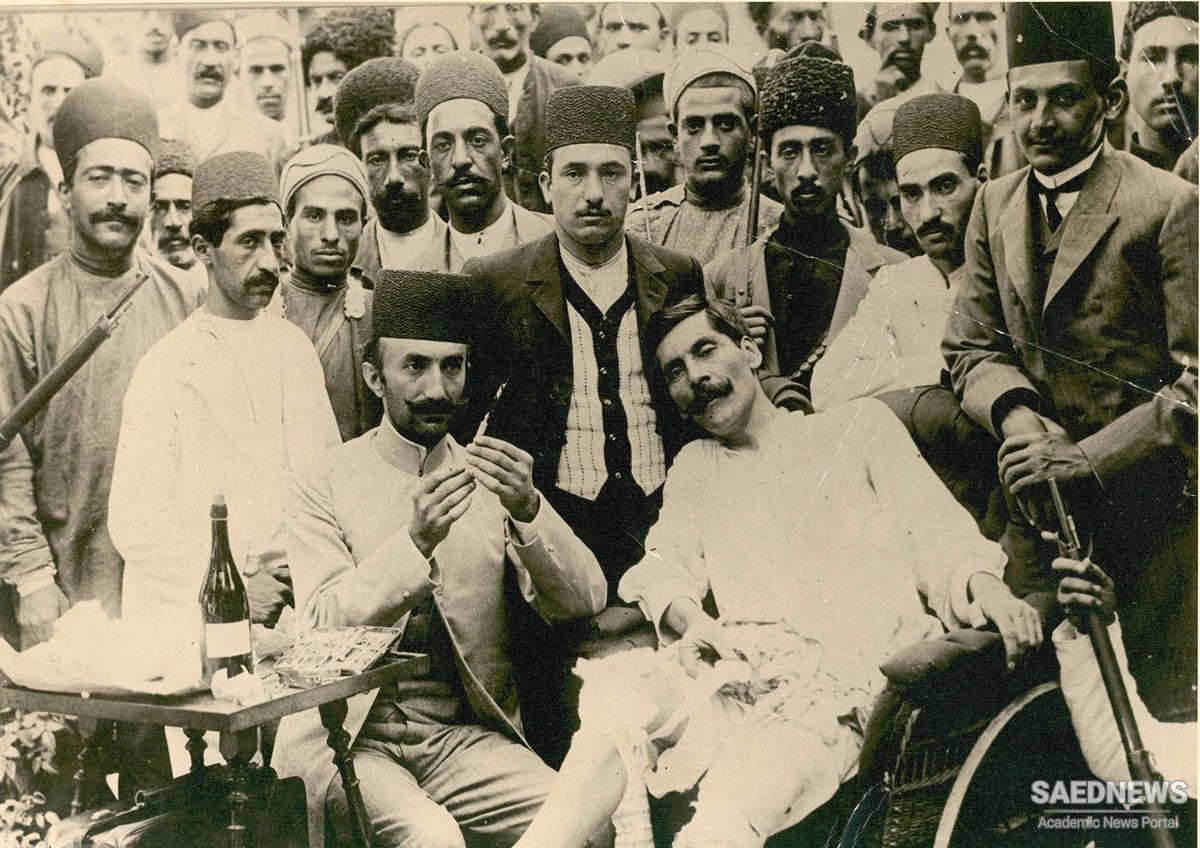Nor did the geopolitical contingencies of European powers allow for the natural growth and fruition of this experience. From the outset, the Constitutional Revolution faced not only opposition from the Qajar regime and the affiliated clerical conservatives but also the growing hostility of the great powers, which together eventually brought the movement to a standstill. The predominance of the Qajar nobility, though shaken, by no means was purged. Domestic unrest, the inertia of the landowning elite who controlled the institutions of the state, and mere inexperience also bear a share of the blame (fig. 6.12). The all-embracing assault of these hostile forces demonstrates why the experience of modernity in Iran, and the rest of the Middle East, proved lopsided and inconsistent, and why Iran would witness two other major political upheavals in the course of the twentieth century.
Yet it is wrong to view the Constitutional Revolution as an outright failure, as some do. Iran in 1914 was fundamentally different from Iran of 1905. In less than a decade not only were the two pillars of the old order, the Qajar monarchy and the mojtahed establishment, weakened; the revolution had also managed to remove important barriers to social and cultural change.
The modernizing project of the early Pahlavi era was the legacy of the Constitutional Revolution. State centralization; an integrated army; reforms in finances, civil and penal codes, and modern public education; and road and rail communication all grew out of the debates of the constitutional period and lingered in the aims and aspirations of that era. Despite undeniable abuses of political power during the Pahlavi era, especially involving the royal court and its affiliates, notions of law and order and due process remained in place and shaped the everyday life of ordinary citizens.
The ideology of Iranian nationalism and its historical narrative, moreover, was nurtured during the constitutional period. Notions of patriotism and love for the motherland (mihan) were incorporated into the discourse of the revolution, and especially after 1909 frequent usage of national (melli) and nationalists (melliyn) anticipated the nationalist ideology of the Pahlavi era. Most statesmen who saw through the reforms of the postconstitutional era, including Reza Shah himself, were shaped by the experience of the revolution and burned by its political setbacks. Indeed, it was the wholesale adoption of the nonpolitical objectives of the mashruteh, while also renouncing its liberal ideals, that bound these men together and gave them a sense of purpose. They saw their mission as the reconstruction of a new Iran through the alternative route of a strong state. In their view, this was the only way to save Iran from imperial hegemony, political chaos, and factional bickering, and the best strategy to project a vision of stability, prosperity, and power.


 Edoardo Agnelli History Never Forgets The Truth!
Edoardo Agnelli History Never Forgets The Truth!














































